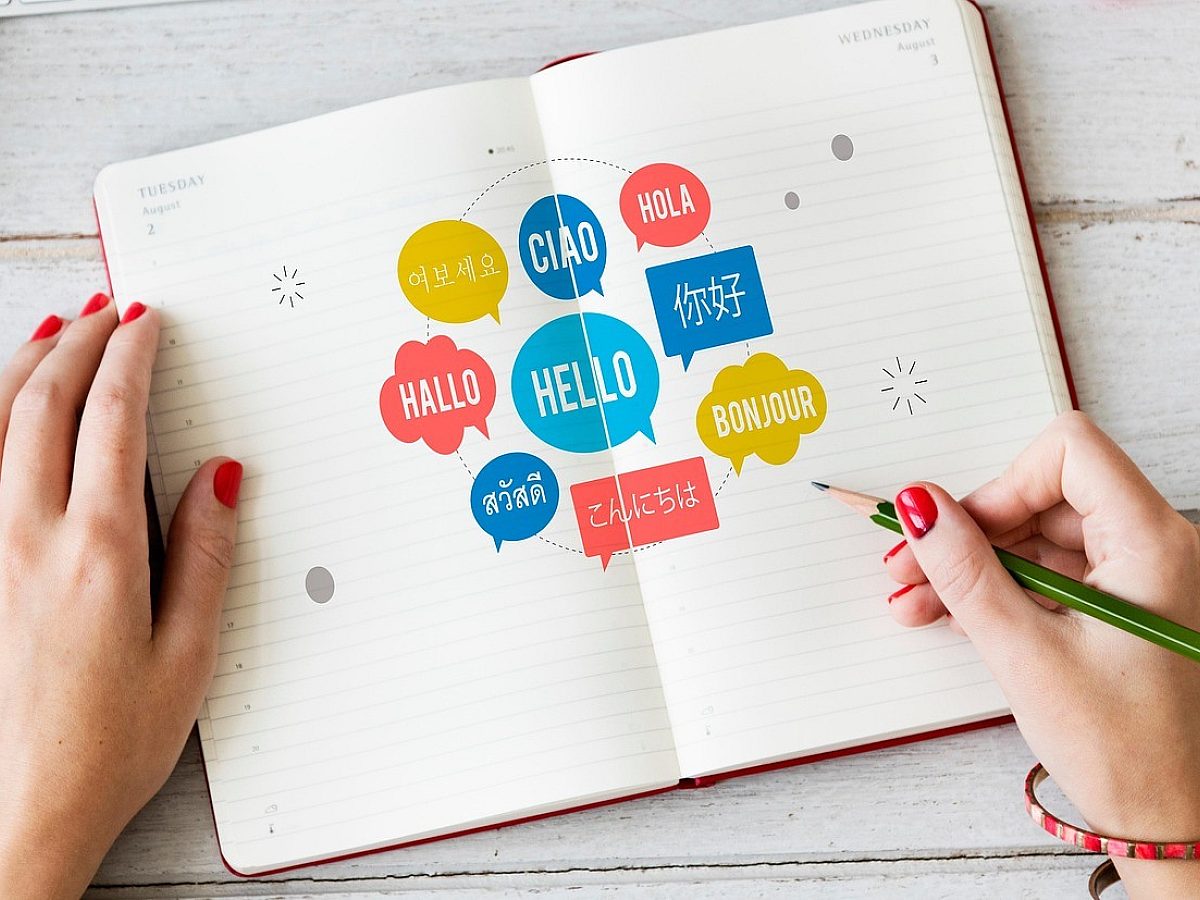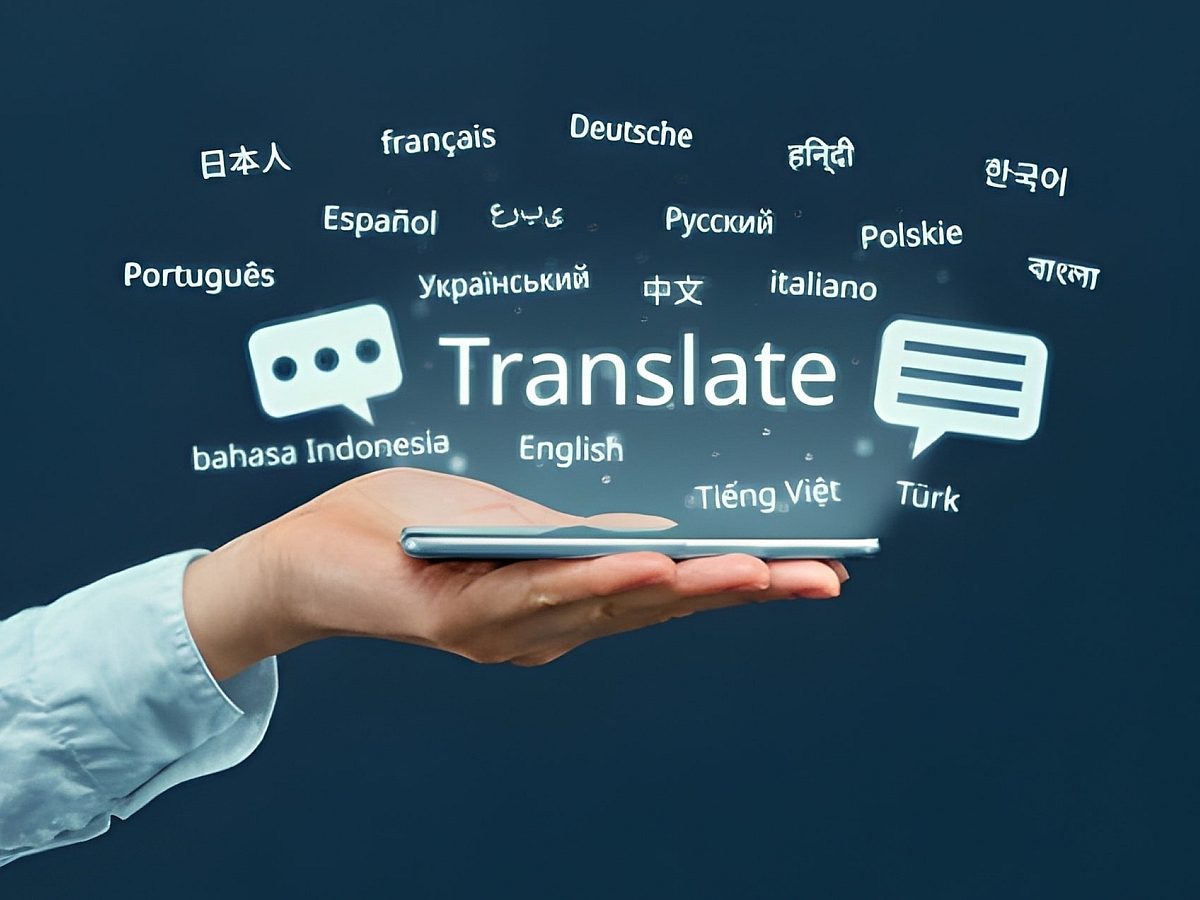Introduction
When TikTok first exploded onto the global scene, many saw it as little more than a platform for dance challenges and quick viral clips. Fast-forward a few years and it has transformed into one of the world’s most influential social networks — shaping culture, driving global marketing campaigns, and serving as a hub for storytelling. But TikTok’s latest innovation, multilingual auto-captions, could prove to be its most transformative move yet.
For millions of people around the world — from the deaf and hard-of-hearing community to non-native speakers consuming content in their second or third language — captions are not just convenient. They are essential. By making captions automatic, real-time, and multilingual, TikTok is redefining how we think about accessibility and inclusivity in the digital space.
This blog explores why TikTok’s new captioning technology is such a breakthrough, how it compares with other platforms, and what it means for creators, brands, and audiences worldwide.
The Accessibility Challenge on Social Media
Accessibility has long been a weak point for many social platforms. Despite massive investments in content moderation, recommendation algorithms, and monetisation features, accessibility often remained an afterthought.
Yet the need for it has never been greater:
Over 466 million people worldwide live with disabling hearing loss, according to the World Health Organization.
Around 85% of social media videos are watched without sound, whether because users are multitasking, in public, or prefer silent viewing.
Global platforms like TikTok attract diverse, multilingual audiences, many of whom may not share a common language.
Without captions, entire communities are excluded from participating in social media culture. And while YouTube introduced auto-captions more than a decade ago, most platforms have struggled to scale the technology effectively, particularly when it comes to multilingual content.
How TikTok’s Multilingual Auto-Captions Work
TikTok’s new feature is built on Automatic Speech Recognition (ASR), a branch of artificial intelligence designed to convert spoken language into written text. But TikTok doesn’t stop there:
Automatic Transcription – Spoken words in a video are detected and transcribed in real time.
Multilingual Translation – Captions are automatically translated into multiple languages, depending on the user’s settings or region.
On-Screen Synchronisation – The captions are aligned to the audio, appearing in sync with the spoken content.
User Controls – Viewers can toggle captions on or off, and creators can review and edit auto-captions for accuracy before publishing.
This seamless integration makes captions feel like a natural part of the TikTok experience rather than a clunky add-on. For global audiences, it’s an invisible but powerful shift.
Why This Innovation Is a Game-Changer
TikTok’s multilingual auto-captions bring four major benefits:
1. Accessibility for the Hearing-Impaired
For the deaf and hard-of-hearing community, captions transform TikTok from an exclusionary space into an inclusive one. Creators who rely heavily on dialogue or narration can now reach audiences who were previously left out of the conversation.
2. Global Reach and Engagement
A creator in Brazil can post a video in Portuguese, and a viewer in France can instantly follow along in French captions. This opens the door for cross-cultural virality, where language is no longer a barrier to engagement.
3. Improved Discoverability
Captions double as metadata. TikTok’s algorithm can use them to better categorise and recommend content, making videos more discoverable to the right audiences. In practice, this means higher visibility for creators and more relevant feeds for viewers.
4. Inclusivity as a Brand Value
Audiences increasingly demand inclusivity from brands. By embracing multilingual captions, TikTok signals that accessibility isn’t optional — it’s fundamental. Brands and advertisers on the platform benefit by associating themselves with inclusive practices.
TikTok vs. Other Platforms: Who’s Leading?
TikTok is not the first platform to experiment with captioning, but it may be the first to truly nail the multilingual element.
YouTube has offered auto-captions since 2009, and later added live captioning for streams. However, translations are often separate, requiring extra steps, and accuracy remains inconsistent.
Instagram and Facebook Reels allow creators to generate captions, but support for multiple languages is limited, and editing tools lack flexibility.
Netflix, though not a social platform, revolutionised subtitling in the entertainment industry by investing heavily in localization and subtitle quality (as we discussed in How Netflix Changed the Subtitling Game Forever).
Compared to these platforms, TikTok’s real-time multilingual captioning represents a step change — especially given the app’s short-form, fast-moving nature.
The Business Impact: Accessibility Meets Opportunity
Accessibility may start as a social responsibility, but its ripple effects extend into business and marketing strategy.
Brands gain broader audiences — Captioned ads are more effective because they reach both sound-off viewers and multilingual audiences.
Creators expand beyond borders — Local influencers now have a chance to connect with international audiences, not just domestic ones.
Engagement rises — Studies consistently show that captioned videos have higher watch-through rates and better comprehension.
For TikTok, which already thrives on rapid global adoption, this accessibility upgrade positions it not just as a social app but as a truly global storytelling platform.
Challenges and Limitations
Of course, no AI-driven system is flawless. TikTok’s captioning faces a few challenges:
Accuracy – Slang, dialects, background noise, and rapid speech can trip up transcription.
Contextual Errors – Automatic translation sometimes misses cultural nuance, leading to awkward or even offensive results.
Privacy Concerns – Always-listening ASR systems may raise questions about how TikTok processes audio data.
The likely solution? A hybrid model where AI does the heavy lifting and human editors refine the output — a theme we’ll explore in more depth in our upcoming blog, The Evolution of Smart Subtitles: How AI and Human Review Are Changing the Game.
What This Means for the Future of Social Media
TikTok’s move sets a new standard. Other platforms will now be under pressure to not only catch up but also innovate further. We can expect:
Wider rollout of real-time translation across platforms.
Increased demand for industry-specific captioning standards, especially in advertising and education.
Greater emphasis on inclusive design in social media, where accessibility becomes a competitive differentiator rather than a compliance checkbox.
In other words, accessibility is no longer just about doing the right thing. It’s about staying relevant in a globalised, digital-first world.
Conclusion
TikTok’s multilingual auto-captions represent more than a feature update — they symbolise a paradigm shift. By weaving accessibility directly into the user experience, TikTok has redefined what it means to create content for a global audience.
For creators, it’s an opportunity to reach more people. For brands, it’s a chance to align with inclusivity. And for users, it’s a reminder that technology can bring us closer together, even across languages and abilities.
As the digital landscape evolves, one thing is clear: the future of social media will be multilingual, accessible, and inclusive — and TikTok is leading the charge.




